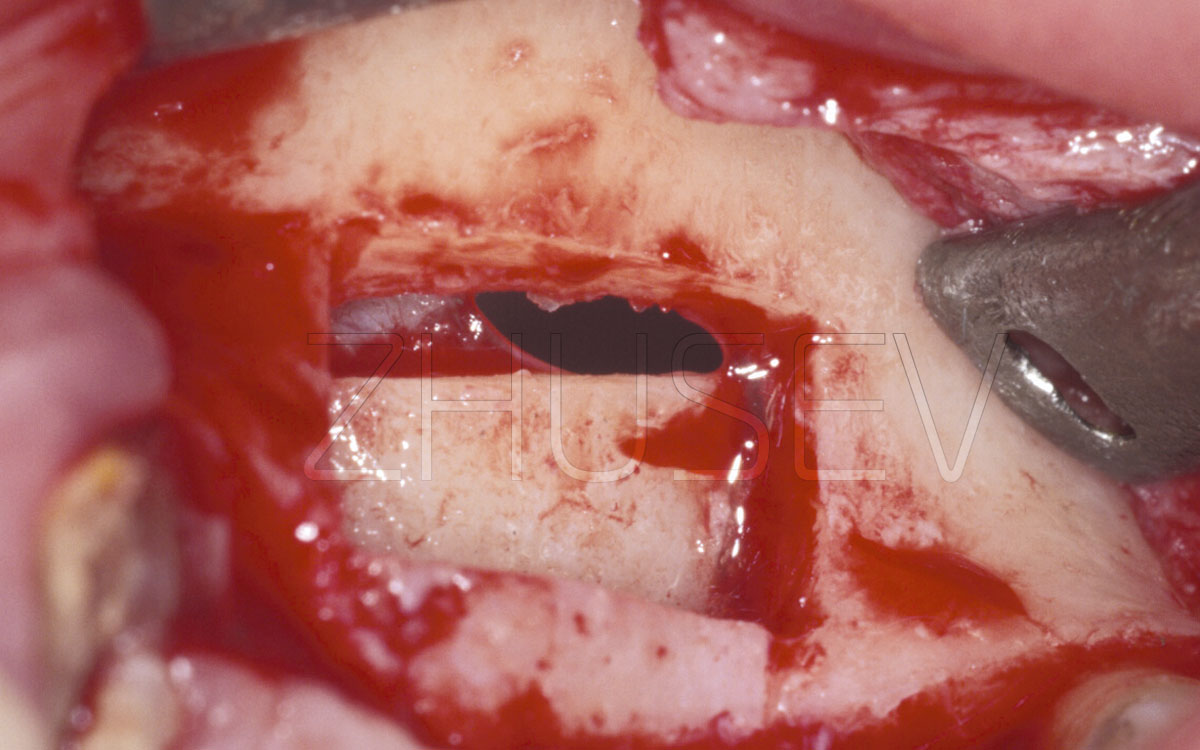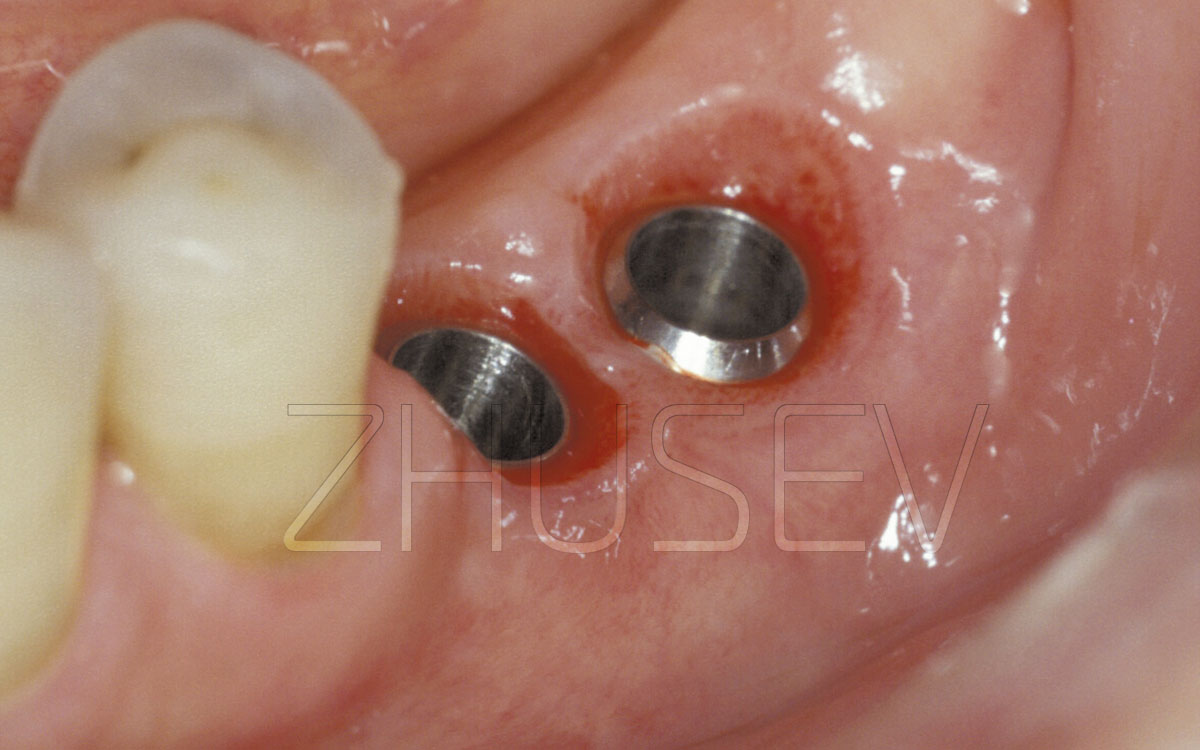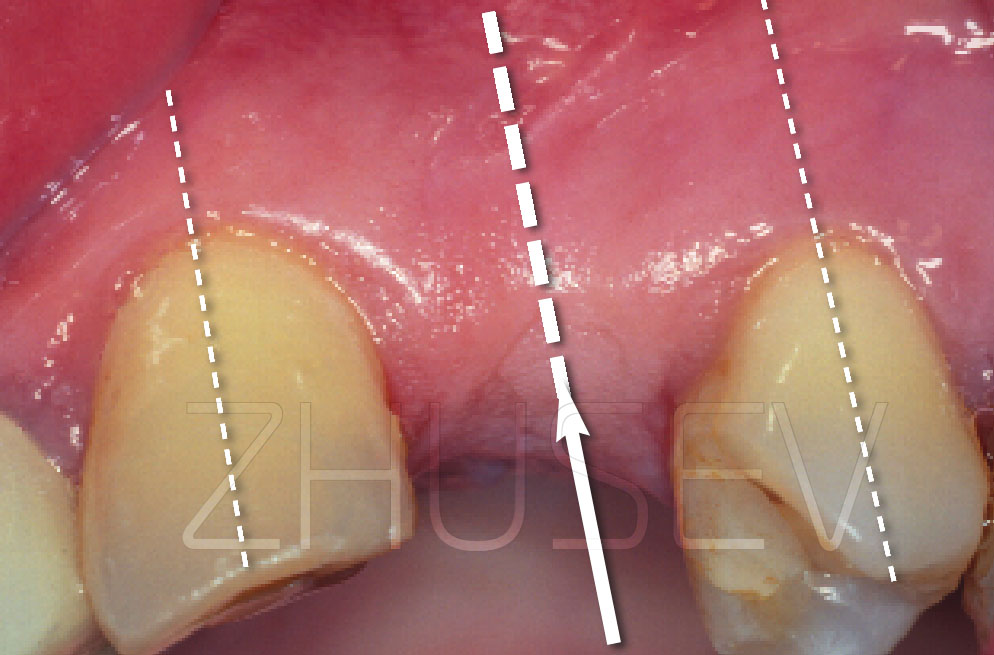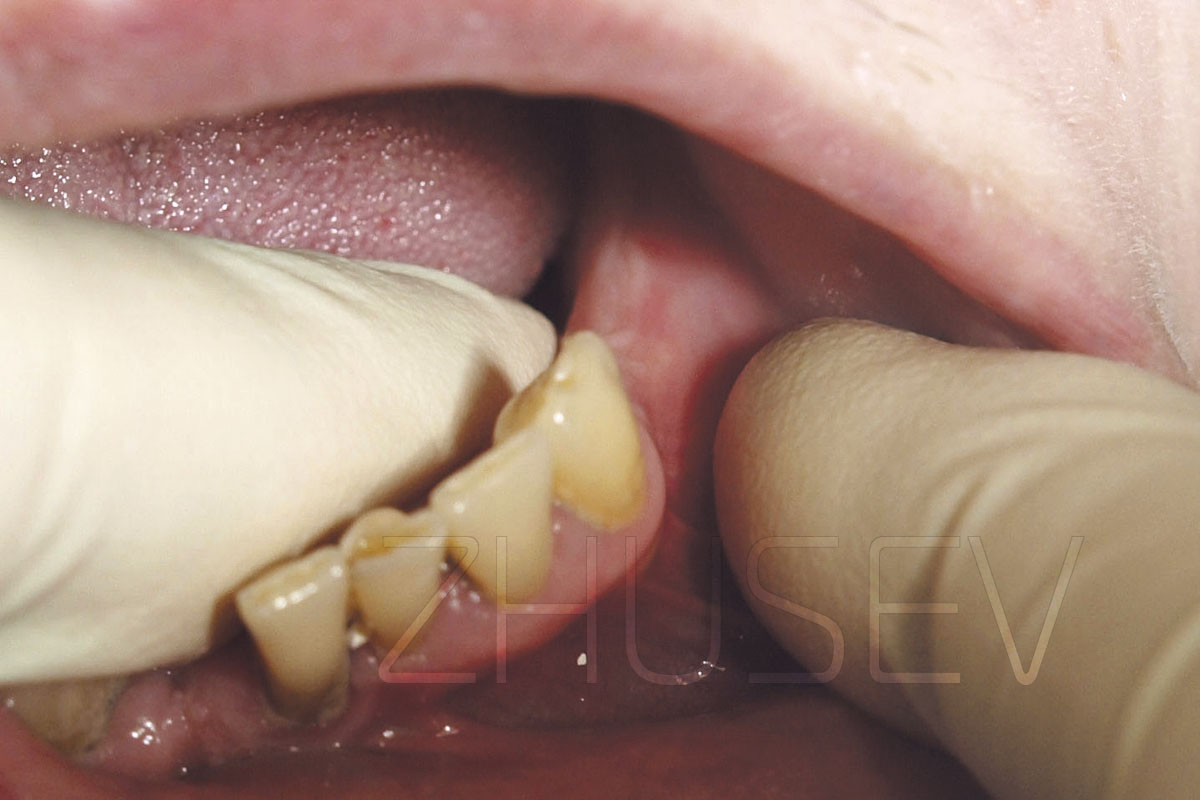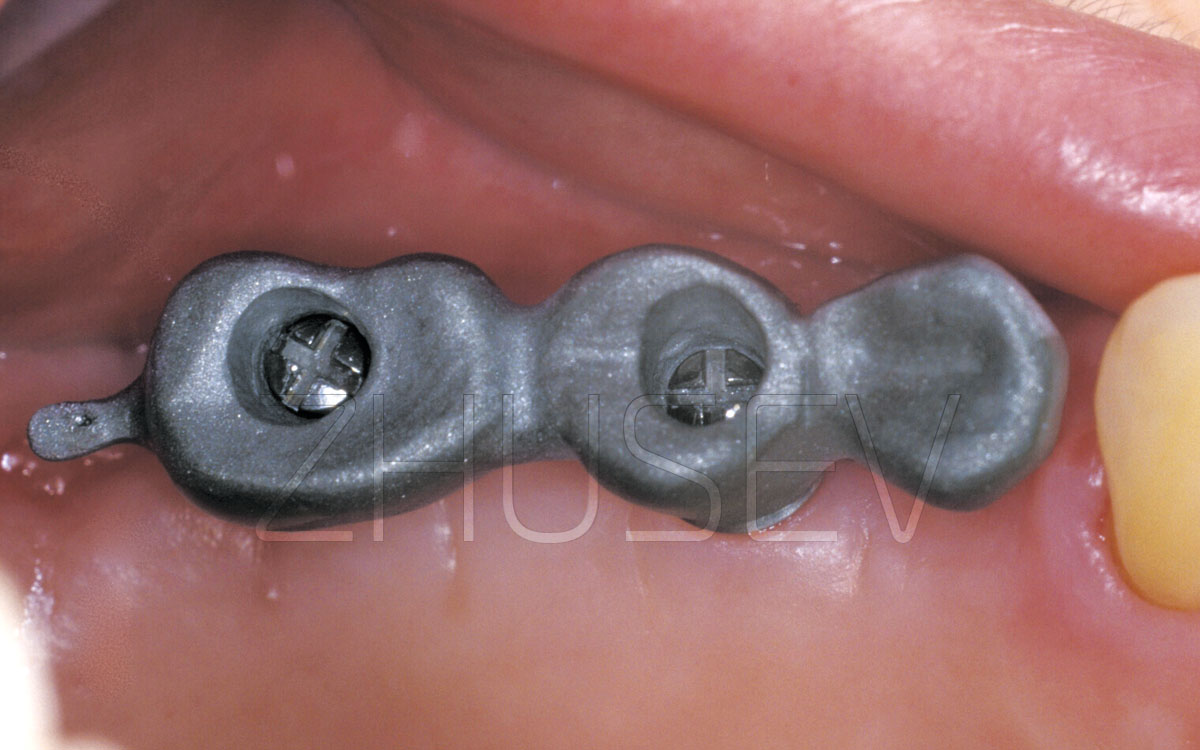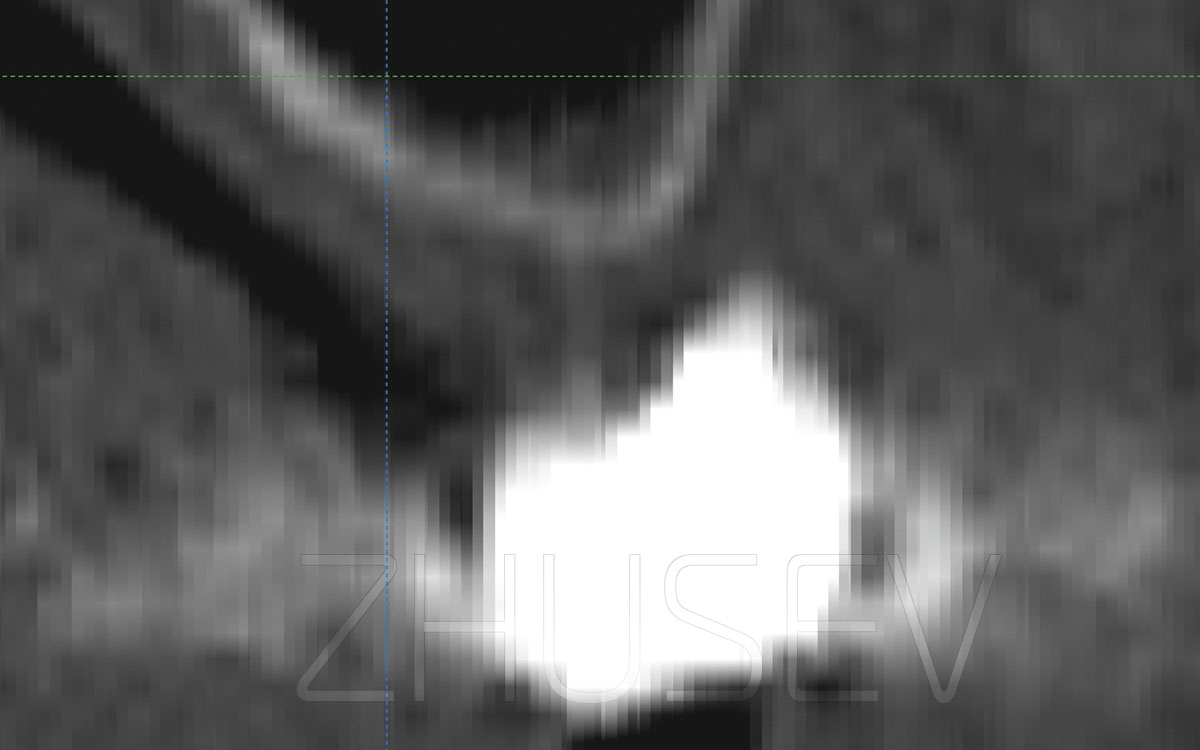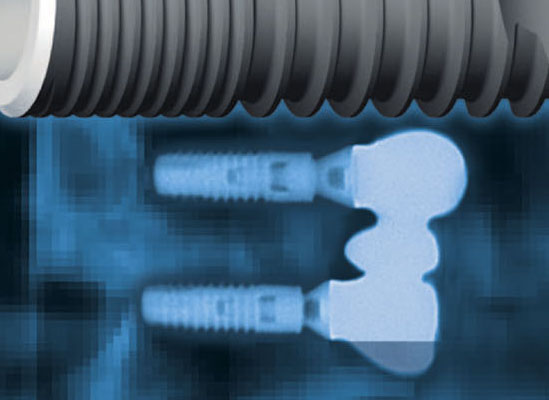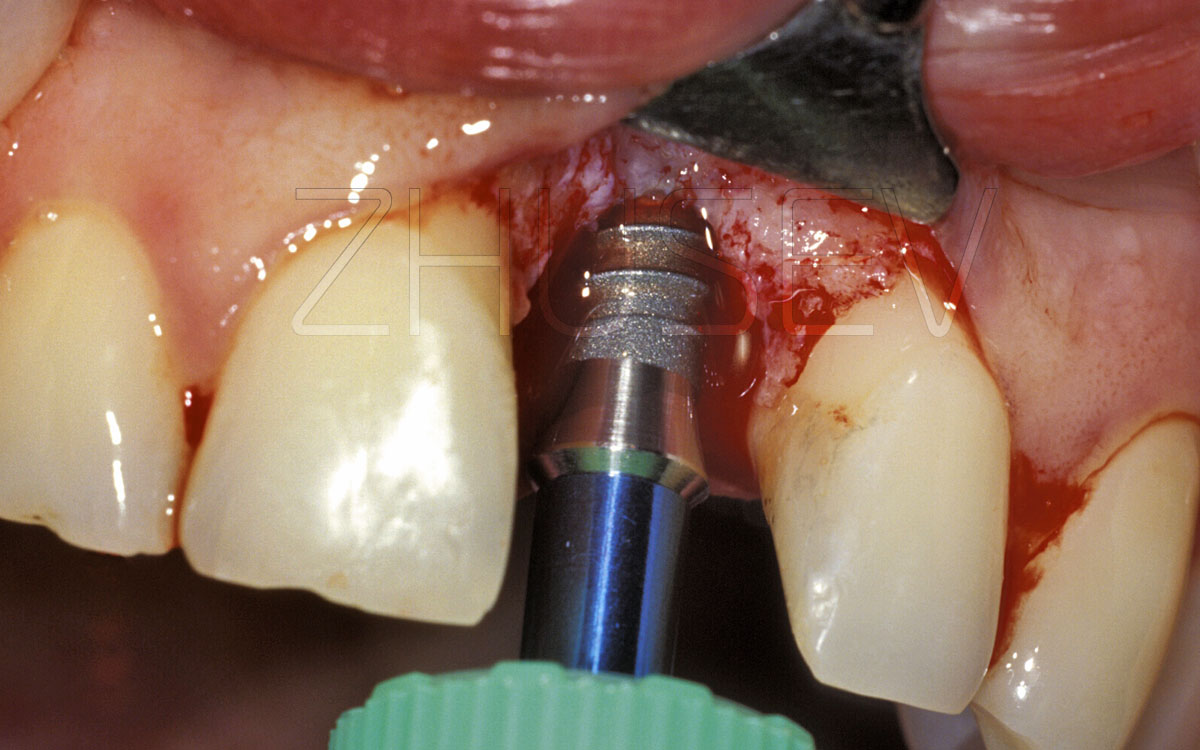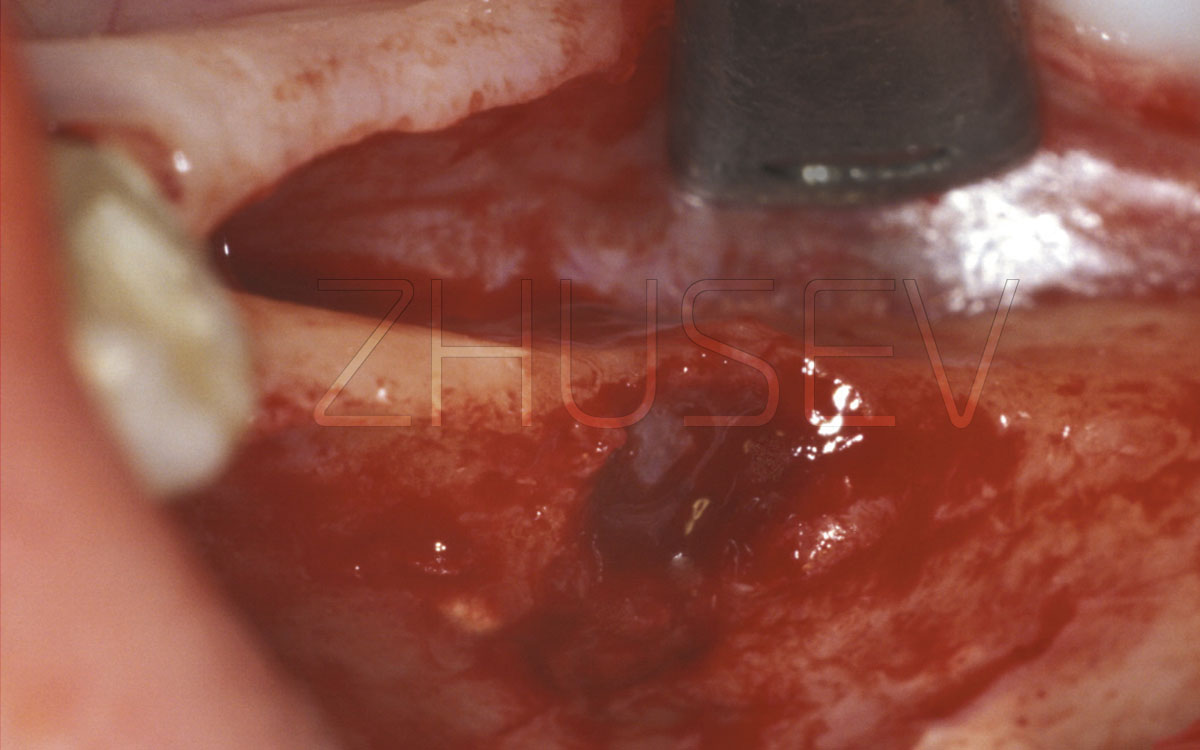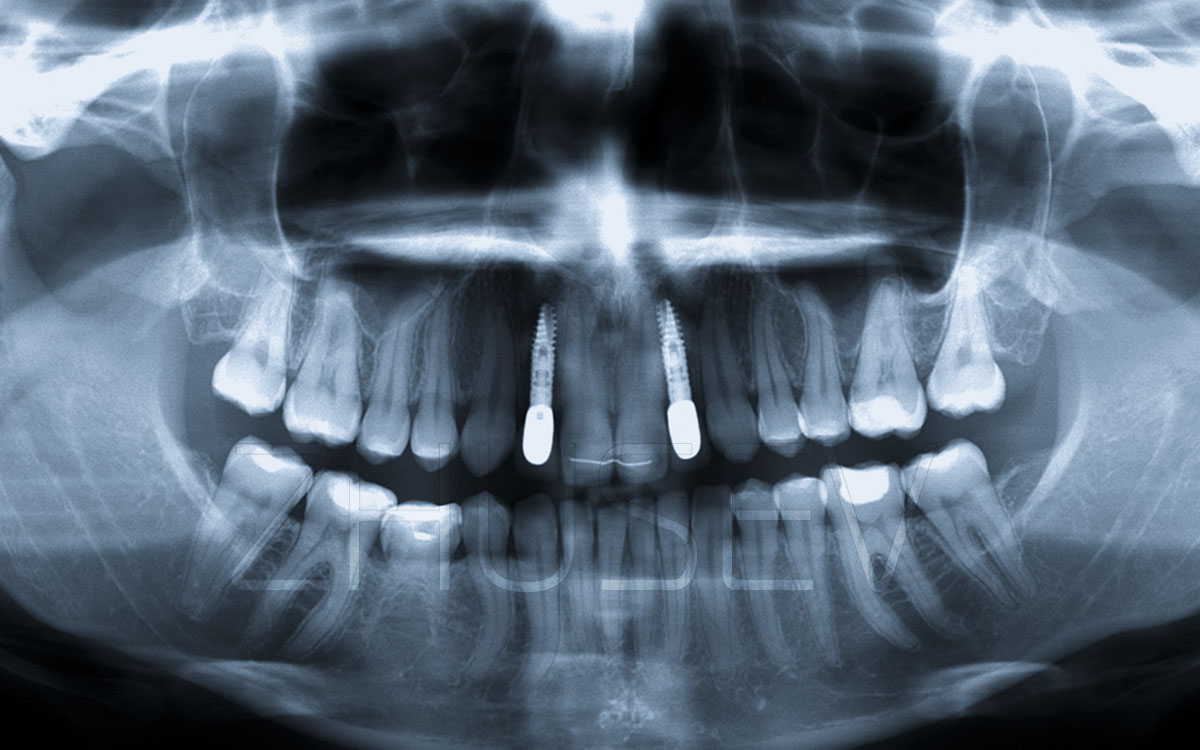2.5.1
Performing a dental implant surgery with a mucotome
Performing a dental implant surgery with a mucotome Performing a dental implant surgery with a mucotome Performing a dental implant surgery with a mucotome Performing a dental implant surgery with a mucotome Performing a dental implant surgery with a mucotome Performing a dental implant surgery with a mucotome Performing a dental implant surgery with a mucotome
In some cases, an implant can be inserted without the elevation of a full-thickness mucoperiosteal flap. The surgery is performed with mucotome 2.5.1-1B which is used for round hole perforation in the mucosa, the diameter of the hole should be the same as the diameter of the chosen implant.
The major prerequisite for the surgery is supreme knowledge of bone anatomy. You must be perfectly sure that the volume of bone tissue is larger than the inserted implant.
Once the mucous plug is extracted, measure its thickness, for you will use the mucosal level to control the depth of drilling. For instance, if you intend to insert a 12 mm long implant and the thickness of the mucous plug is 4 mm, you should drill until you reach the 16 mm mark. Remember that working with the mucotome, the irrigation procedure is the same as during bone drilling!
Surgical procedures performed using a mucotome seldom take less than 10 – 15 minutes. The greatest advantage of the technique is a painless and edema-free postoperative period. But I strongly recommend that you should perform the procedure only after you have gained enough experience performing a two-stage surgical procedure.
Approach the rotating mucotome to the mucosa at the proposed implant site and make a hole in the mucosa. Do not stop the rotating mucotome and move the handpiece as if drawing a cone with the vertex facing the bone and the base facing the handpiece. This way you raise the mucoperiosteal flap and remove it using a raspatory. Remember that working with the mucotome, the irrigation procedure is the same as during bone drilling!
2.5.1-1A
The position of a mucotome in the mucosa during the elevation of a mucoperiosteal flap. The CONMET mucotomes.
2.5.1-1B
The implant is inserted through a hole in the mucosa punched out using a mucotome.
2.5.1-2A
The hole in the mucosa is punched out using a mucotome. The mucoid impaction is removed using a raspatory and the implant bed is prepared through the little hole.
2.5.1-2B
Insert the implant through the hole. Do not haste. Let blood wet the implant.
2.5.1-2C
The implant is completely embedded in bone. It is essential that the implant equator should be 1 – 2 mm below mucosa level to let it grow to partially or completely cover the implant.
2.5.1-2D
The internal cover screw is fixed. The use of Solcoseryl Dental for the implant is highly advisable.
